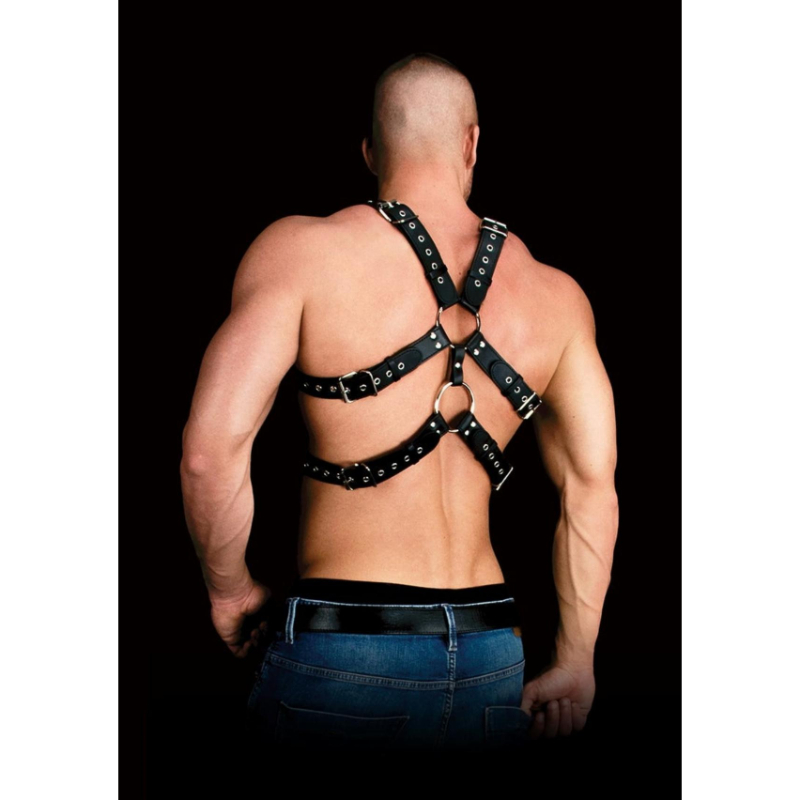To Bind Tigtly
- News
- 0 likes
- 3102 views
- 0 comments

Shibari can be historically traced to the practice of hojojutsu, a form of martial arts for capture and torture of rivals. This practice, which was used by the samurai during the Edo dynasty, included the bonding of the throat and other areas of the body to constrain prisoners. Another form of punishment was to engage a prisoner with ropes to limit his diaphragm and hence not be able to breathe, then be dragged in public view.
In general, Japan is "obsessed" with commitment. Even Hojojutsu is not just about punishing and limiting - when criminals were hanging, there was aesthetic and artistic imprint on it. For example, in pictures, Hojojutsu appears to always include a knitting pattern symbolizing the sape of a diamond.
Gradually, Hojojutsu was transformed into a form of love bindings called kinbaku and translated literally as "the beauty of binding tightly" in the late 19th and early 20th centuries. Since then, it has become an increasingly popular practice and has found its way into the Japanese manga and S & M magazines. Indeed, during the 1920s, more and more photographers began to make erotic photos that included shackles. By creating this aesthetics, they initially reformed the form of Hojojutsu into a more erotic form of bondage for women.
Respectively, the traditional Japanese Kabuki theater began to incorporate rope ties in its highly stylized performances, presenting the first images of what is now recognized as Kinbaku. Hojojutsu's technique has been redefined so that actors could perform their movements safely on the stage of the theater and be more aesthetic, giving the audience a more prominent visual experience.
The word Shibari came to the West in the 1990s to describe Kinbaku. Shibari was once a strictly private activity, but this has changed over the past 20-30 years, since Japanese culture spread to the West. Similarly, over the years, the art of bonding has transformed itself again, moving away from its "private" roots, to take on more of a form of artistic performance involving people tied by riggers regardless of gender.
Shibari differs from the bondage of western rope culture in a number of ways. In particular, a rope of natural fibers is used, unlike synthetics and chains, made either from jute or hemp. It focuses on friction and folding instead of knots or "scraping". The rope is folded in the middle, usually around 8 meters of total length. The point where the folding is made, is called bight and has a deep focus on the aesthetics of the bonds. In addition, Shibari uses structural elements and repeating motifs that match together to create links.
At this point it should be made clear that kinbaku is a practice in which the rigger (the person who binds) takes a huge percentage of responsibility for the person who works as the rope bottom . When practicing shibari the most important factor beyond the technique is the communication of the people who are attempting to interact. There must be communication and real understanding of the needs and limits of the individual before any practice. Beyond basic anatomy knowledge and memorizing the positions of the neural centers of the body, it is necessary for a person before being tied to inform the riger about his/her state of health and psychology. For example a question that is a basic responsibility of the rope top person, is whether the subordinate (rope bottom) person is getting any kind of medication or has suffered significant injuries in the past. The most important point of knowledge for a rigger is to know how to adapt his techniques to meet specific needs and possible unforeseen issues that may occur during the session.








comments (0)